The kitchen renovation we did in Pittsburgh earlier this summer is starting to pop up in a few publications--which is so exciting! Table Magazine was there on set after we finished to shoot the kitchen and food stylist, Quelcy Kogel made us all the BEST Whole Grain Apple Butter Parmesan Biscuits and topped them with a Honey Sage Simple Syrup. Honestly, I had 3 and could have eaten more.
They put the recipe right next to an article I wrote to go along with the story of a few things you can do to update your kitchen if you only have an hour, an afternoon or a weekend. The whole experience was a delight and you're definitely gonna want to try out Quelcy's biscuits. They taste like autumn all wrapped up in sweet and savory goodness. My mouth is watering just talking about them.
Since these features have started to pop up, we've been getting a few more questions about the kitchen and we realized we never shared more details about the floors we laid. And by "we", I mean Chris, single-handedly, at 3am.
The budget was tight on this kitchen and the time was even tighter so when we were doing research on our flooring options and came across this luxury vinyl tile (LVT) that looked like marble, we knew it was the flooring. But having never worked with LVT before, we had a little bit of research to do.
As it turns out, it's actually pretty simple and straightforward. Much easier than laying tile or hardwood flooring. Eons easier. And the one we picked up is thick enough to be grouted so the result looks strikingly similar to real marble. (I did find this one) that's the exact same look of the one we got for half the price because it's about half as thick and can't be grouted.)
Unfortunately we don't have a ton of photos of the process because it was very, very late when this project went down, but Here's how we did it:
PREP THE SUBFLOOR. The first thing you need to address is the subfloor, or whatever surface you'll be laying the tile directly on. It needs to be smooth and completely clean with no grease or debris. Some instructions say it's ok to lay LVT directly on top of linoleum or another vinyl product, and as long as it's smooth and in good shape, but that was not the case with our before floor--see above.
The old floors were linoleum and they were peeling up in places, chipped in others, and very greasy and worn. Just getting them cleaned would have taken more time than ripping them up and preparing a new subfloor. So that's what we did.
We ripped up the old flooring and laid 1/4 inch plywood directly on the floor in the areas where the vinyl would be. We actually did this after the cabinets and appliances were in place. It was a simple glue and screw process - we glued down the sheets of plywood, screwed them in place (with the screws maybe 1 foot apart to keep the plywood flush to the floor - 1/4 in plywood can sometimes be a little warped and wavy and needs some good attachment). This did raise the floor up a tad to make it uneven with the adjacent room, but we simply added a wooden threshold between the two after the floors were done to create a cohesive look.
APPLY ADHESIVE. However you prep your subfloor, once you have your smooth, clean surface, you're ready for the glue. Every brand of glue varies (we used this adhesive that was recommended for our LVT specifically), but there's about a 45-90 minute dry time required from when the glue has been applied to when you can begin laying the tile. This, unfortunately, isn't something you can rush. The curing period allows the glue to adhere to the subfloor and get tacky, which is what creates such a solid bond. Rushing this can cause issues later, such as the tiles not sticking or getting bubbles/making a sticky sound when you walk on them.
So as you're getting ready to lay the glue, only spread the glue on an area small enough that you could lay the vinyl over it in 45 minutes or so. If you do too large of an area, once you start laying the tile, by the time you get to the other side of the room the glue will be too dry and you'll end up scraping it up (which is a chore, believe you me). Since this kitchen was so small we were able to do it all at once.
The next consideration with the glue is you want to start laying the glue where you'll start laying the floor, and hopefully have an exit plan at the other end so you're not trapped in a corner or having to walk on the freshly glued floor.
For the actual laying of the glue. Use a short-tooth tiling trowel and spread the glue just like you would mortar for tile. Make sure to even out any areas where the glue may be thicker than others, and keep it uniform. The ridges don't all have to be going the same direction, you just want the same amount of glue across the surface. Once there, turn a fan on and point it at the floors (making sure your work area is clean so you aren't blowing dust onto the glue) and wait a minimum of 45 minutes (or whatever your specific glue requires).
LAY YOUR FLOORING. Once you've waited for the glue to cure a bit and it's ready for the tile, simply start laying it out. It goes on pretty easily, but you need to be careful about keeping lines squared and everything even. If you're going to grout the spaces between the tile, like we did, use 1/8 inch tile spacers, and lots of them. And as you move forward through the room and are putting weight on the tiles you've laid, be sure to clean any glue out of the spaces between the tiles, and avoid any sort of twisting motion with your knees or feet. You have to be very careful not to move the tiles out of place, and always check every tile you put weight on, every time, to make sure it's in place. Any tiles that move, quickly put them back.
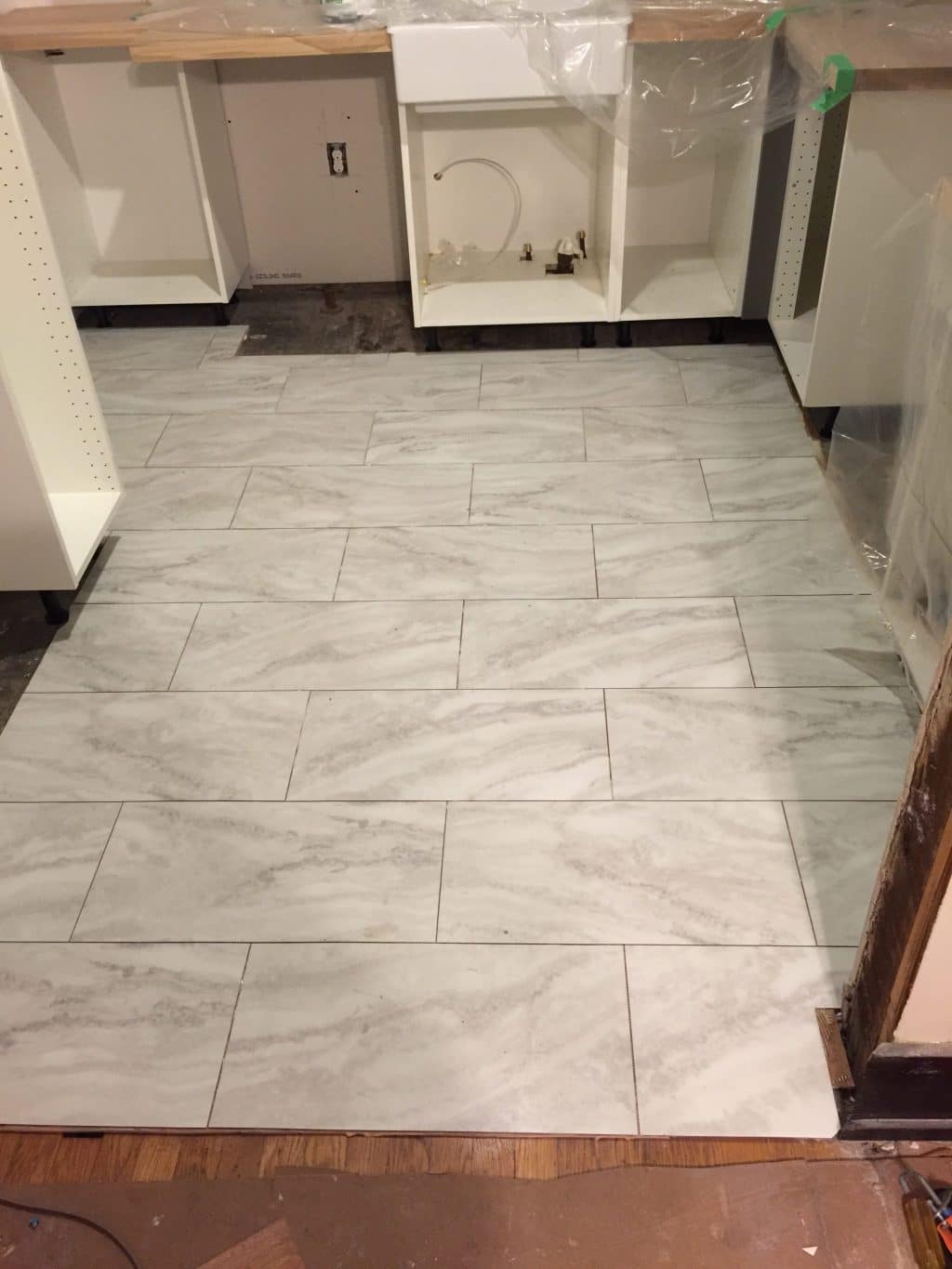
LVT is not advised to lay under cabinets so we just went as far in as will be covered by the toe-kicks. Allow the floors to dry, without anybody walking on them, for at least 8 hours, preferably 12-18 or so. When we did the floors we were unfortunately under such a time crunch that we had to be on the floors only 4 hours after I finished laying them, so we covered them with cardboard to hopefully prevent a lot of shifting, which seemed to work, but it's better to just wait if you have the option.
GROUTING. When it comes to grouting, I'd recommend unsanded grout and you definitely need to wait at least 24 hours after laying the tile before grouting. The process of grouting is one of those things that sounds intimidating, but it's actually really easy. It took us about 20 minutes to grout these floors (We used the same grout color as the backsplash. Silverado from Lowe's), then we washed them and finished up. You don't need to cover the whole tile, just push the grout down into the spaces, applying at an angle, and wipe up with a damp (not wet, only slightly damp) sponge.
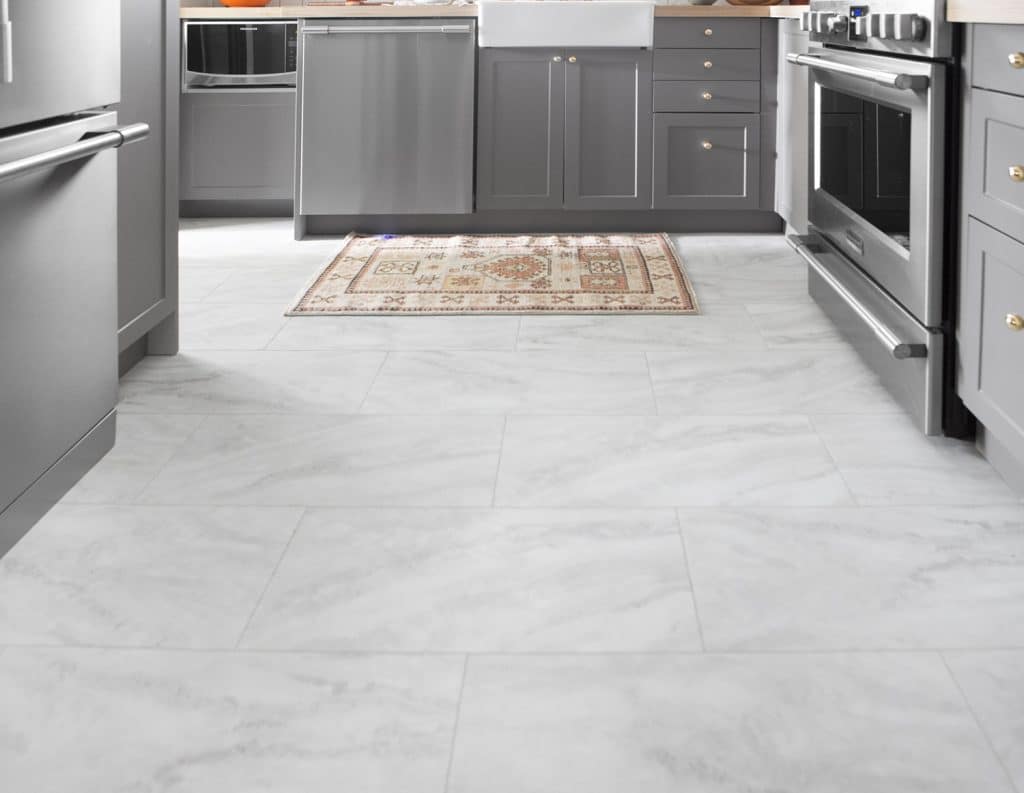
Once all the appliances are in and the toe kicks are added to the cabinets, the floors look amazingly high-end and luxurious, and for significantly less money than real marble.
It's also extremely durable and stain-resistant! Have you ever used LVT? Would you? Now that we've used it, we can't wait to use it again. Like, this exact same one.
To read more about the Pittsburgh kitchen, click here.
Leave a Reply

WE'RE CHRIS + JULIA
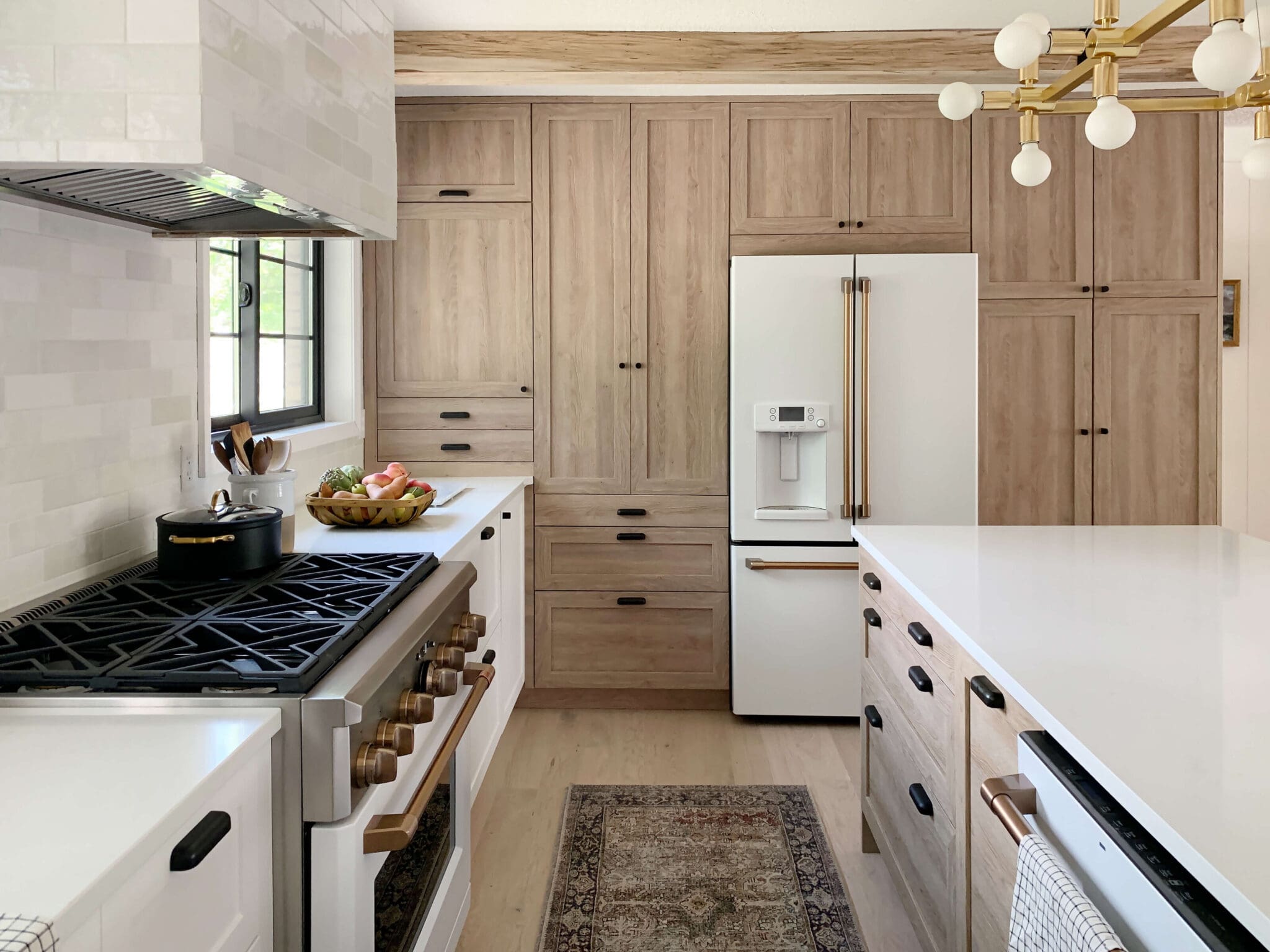
Portfolio
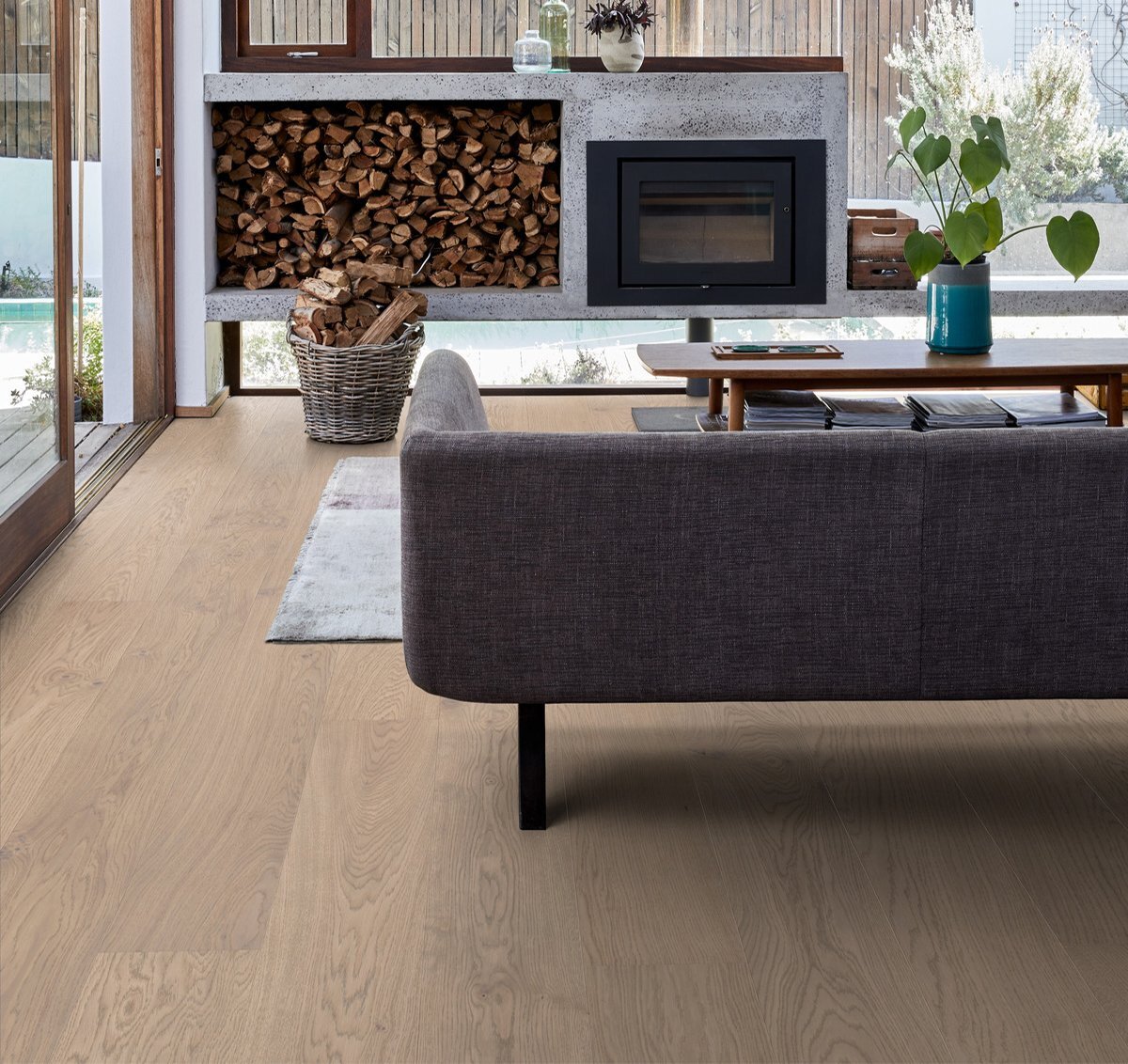
Projects
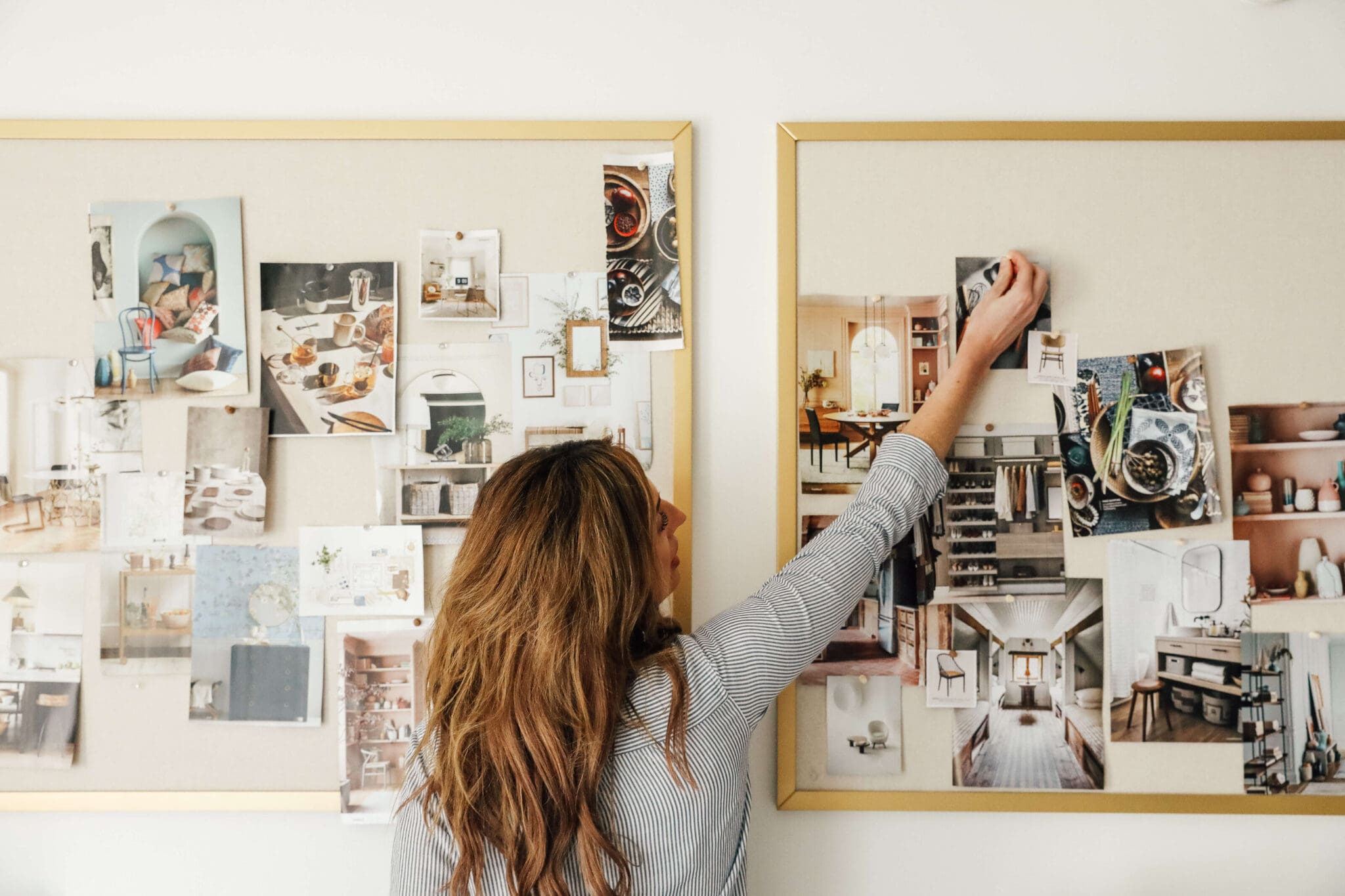









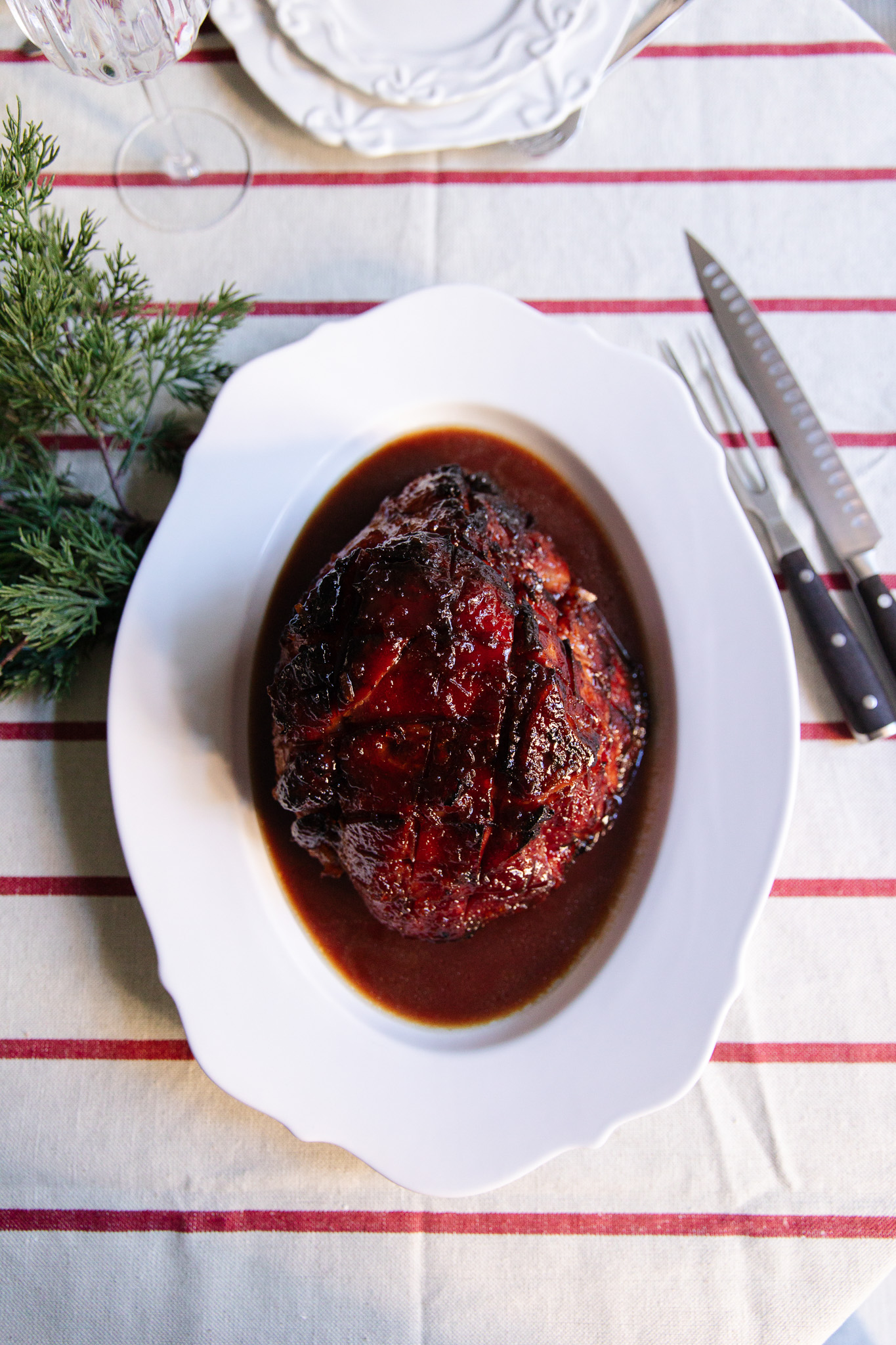
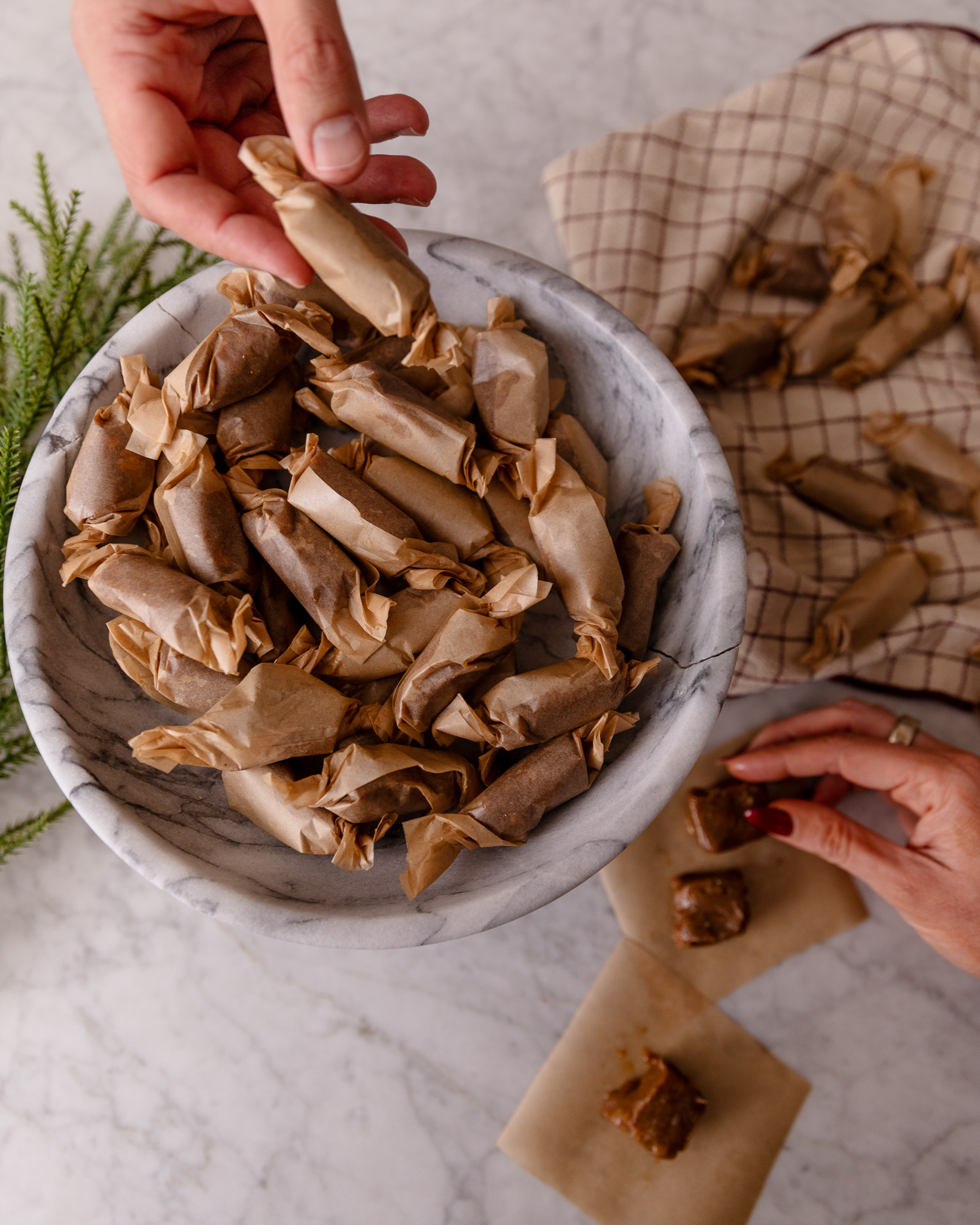

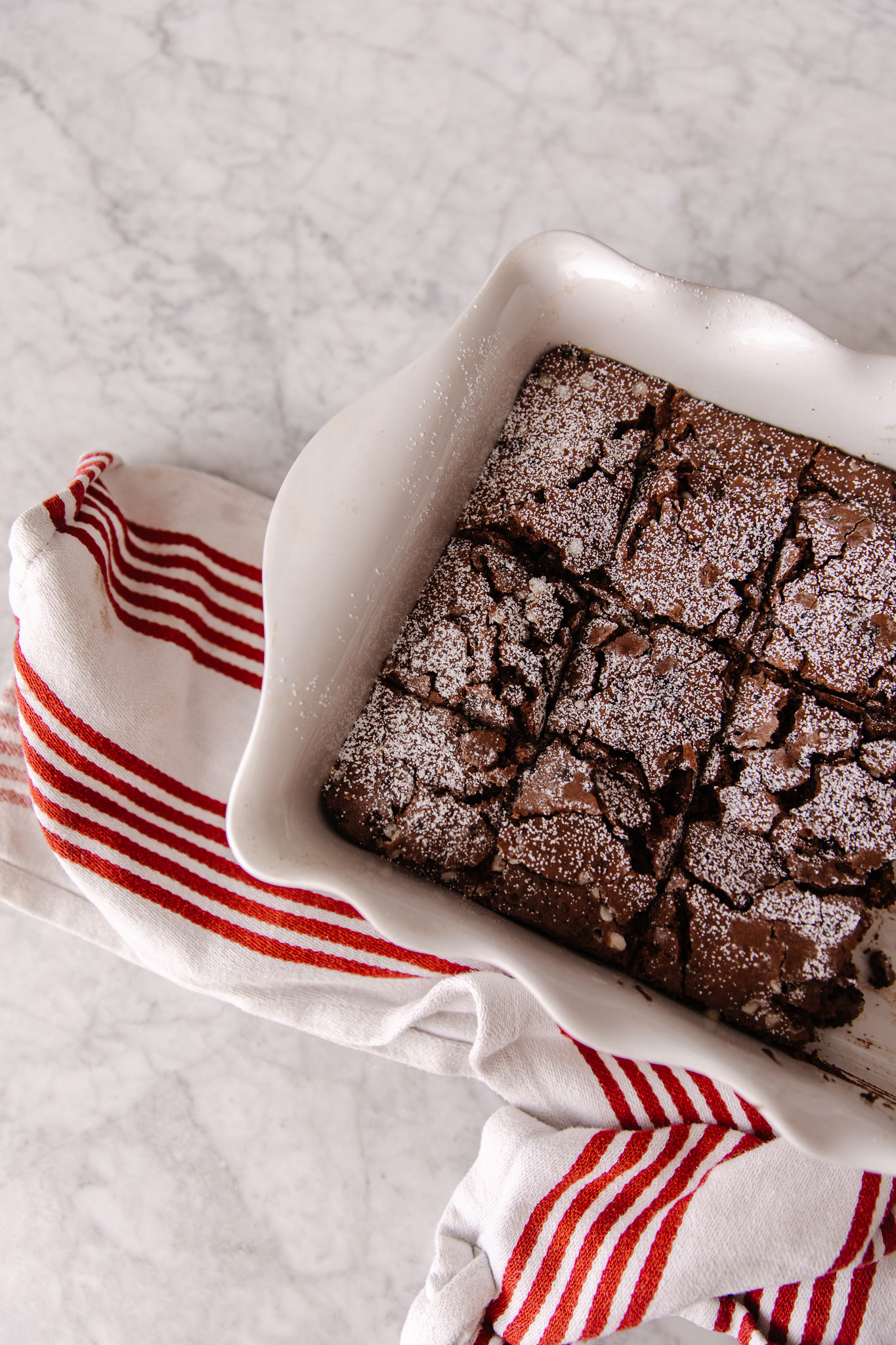
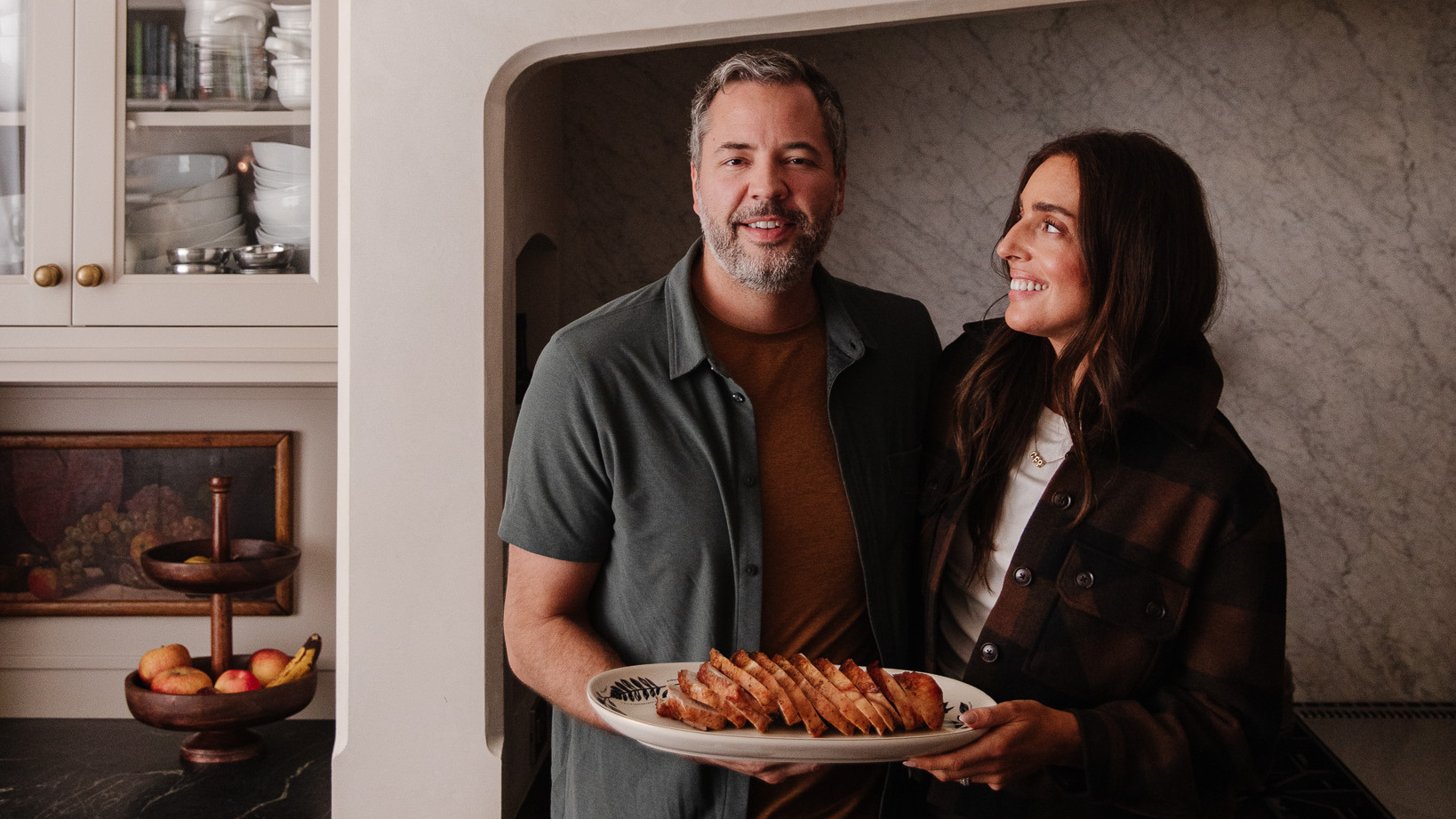

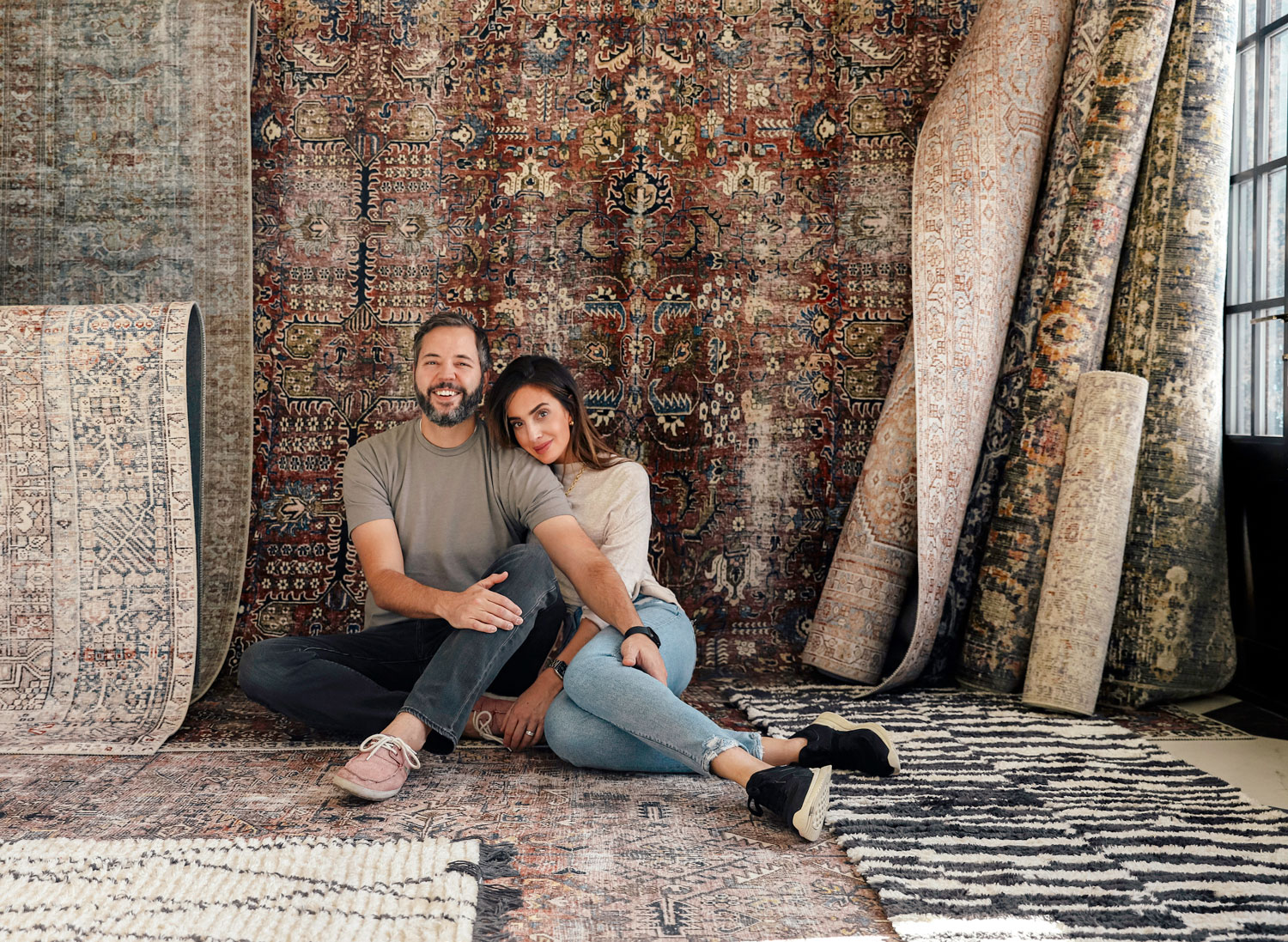
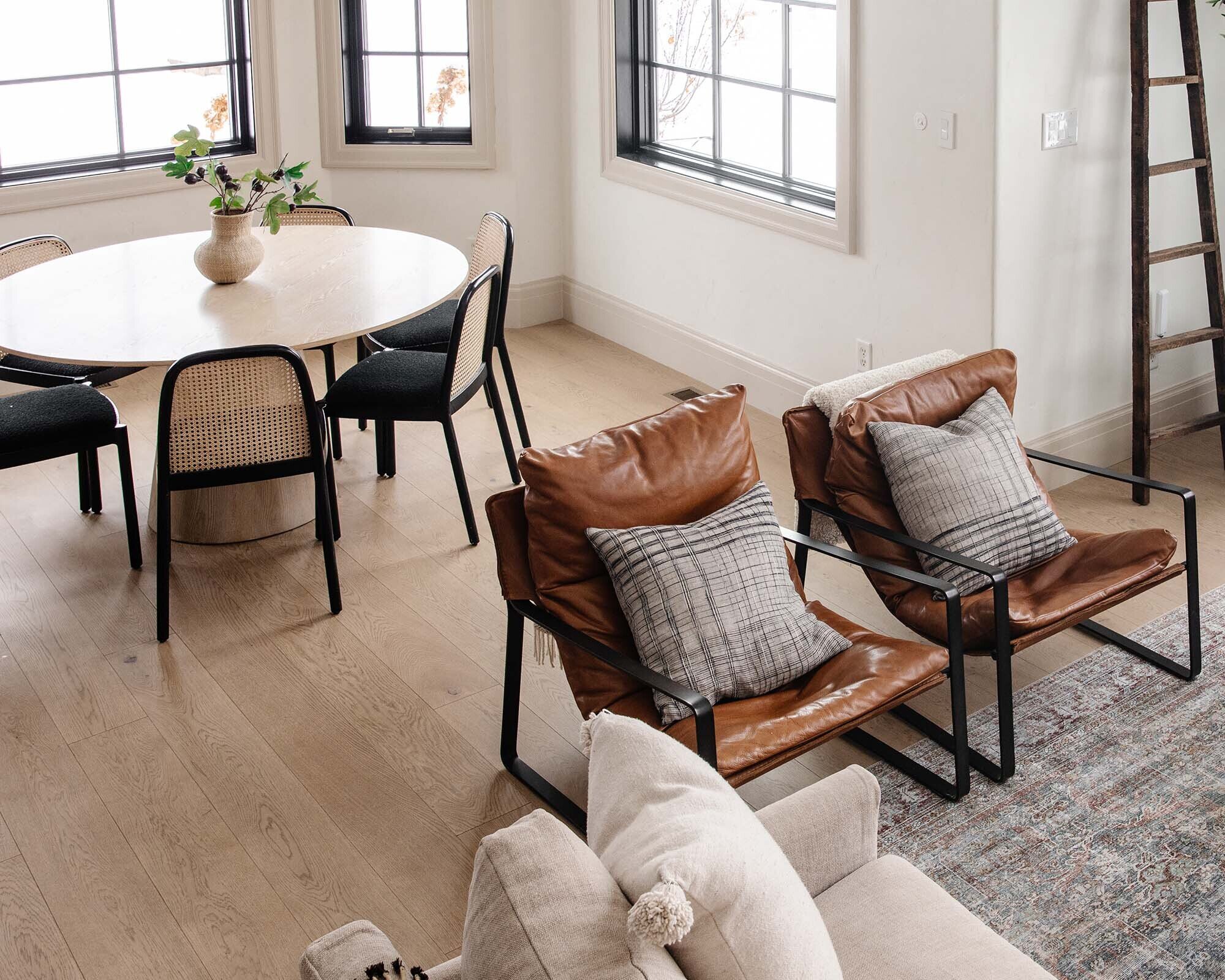

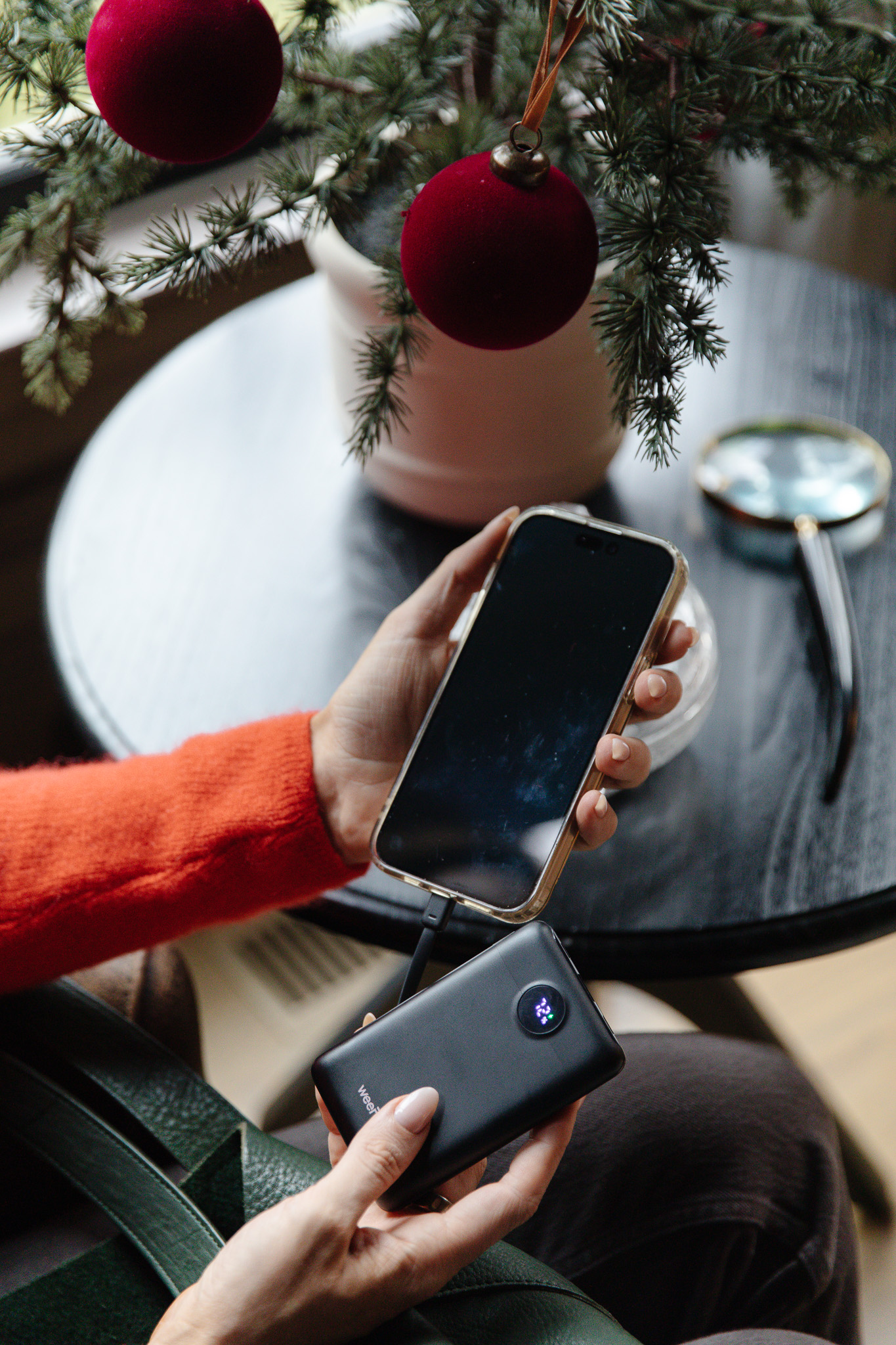
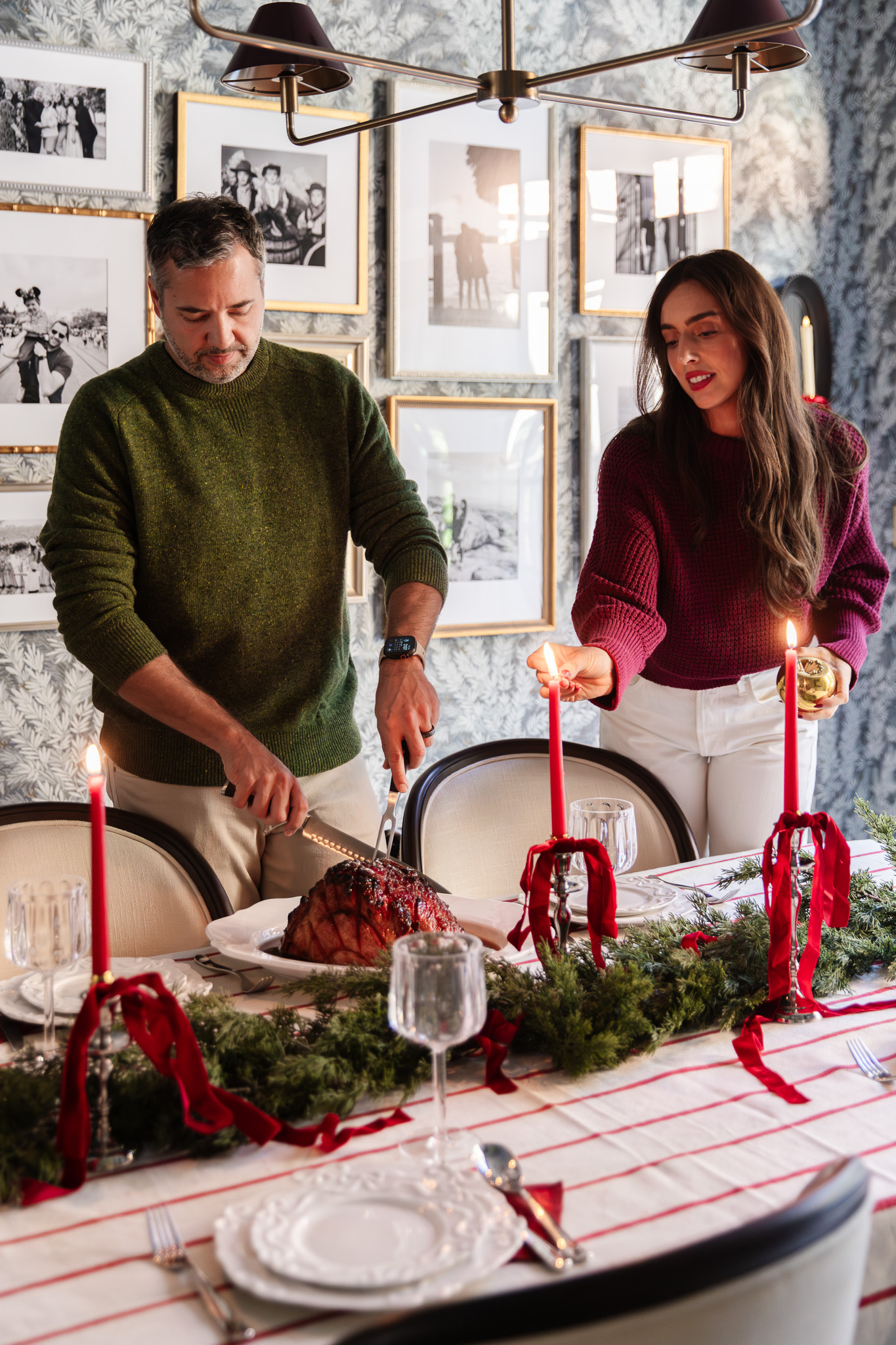
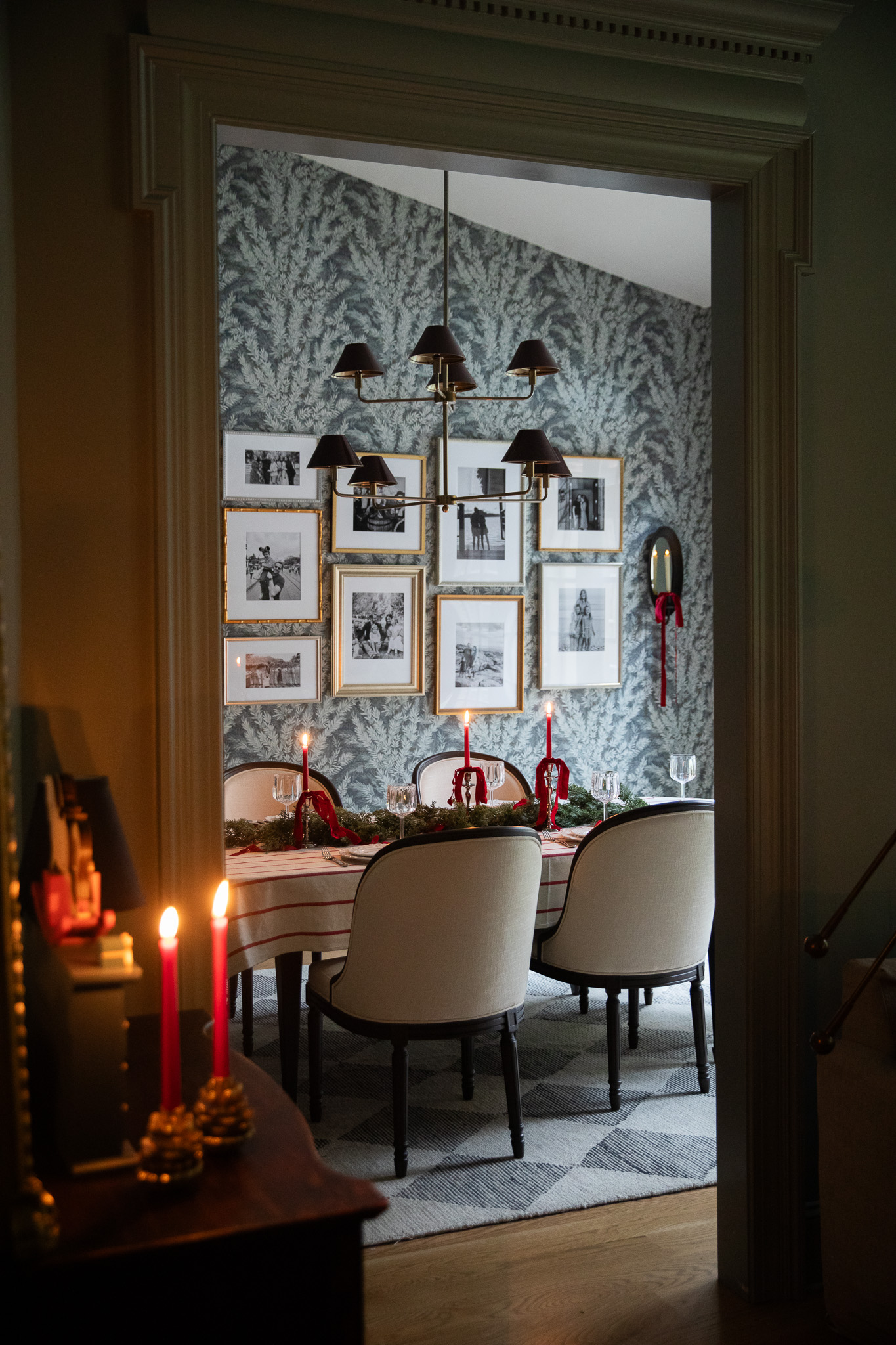

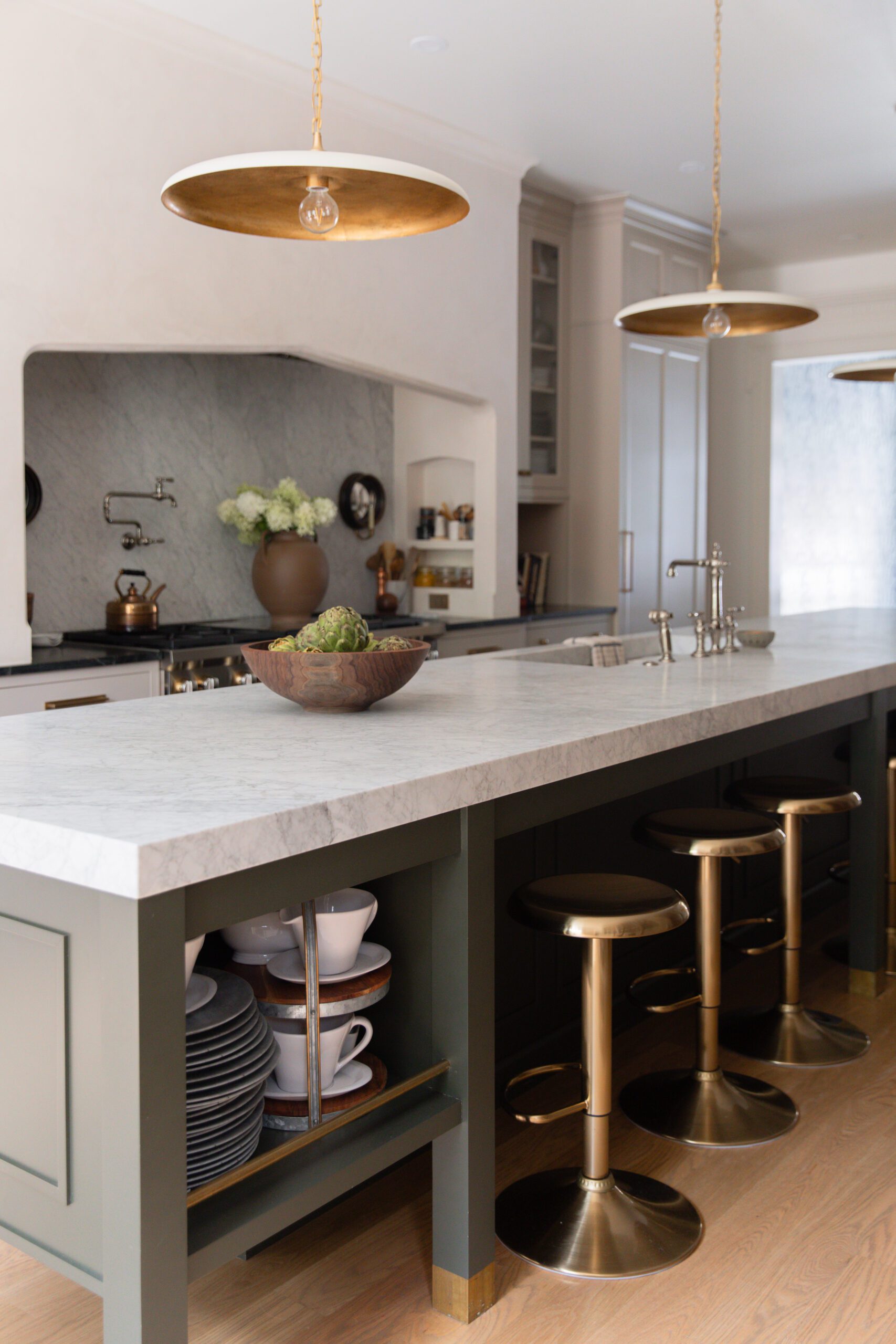

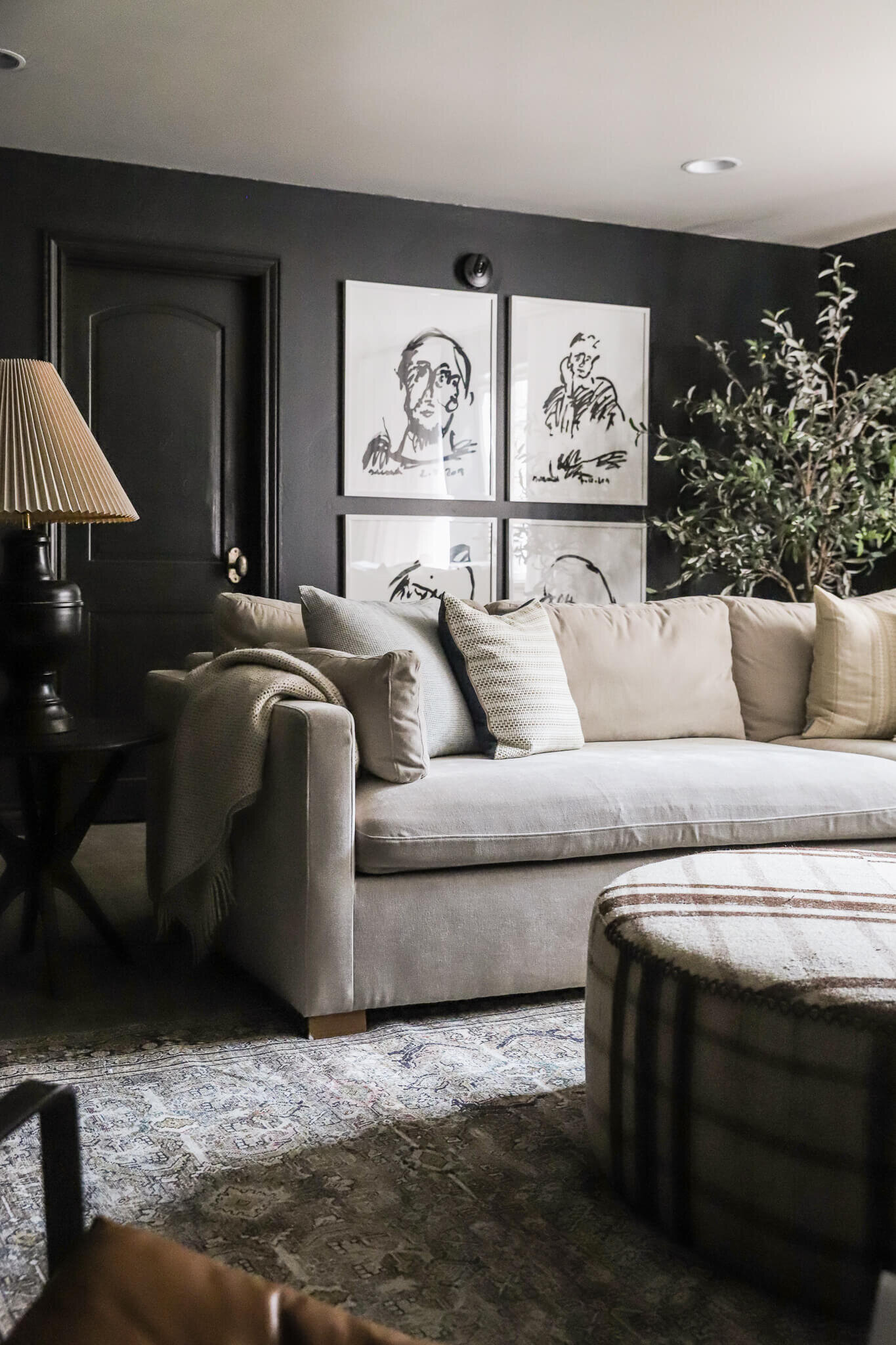
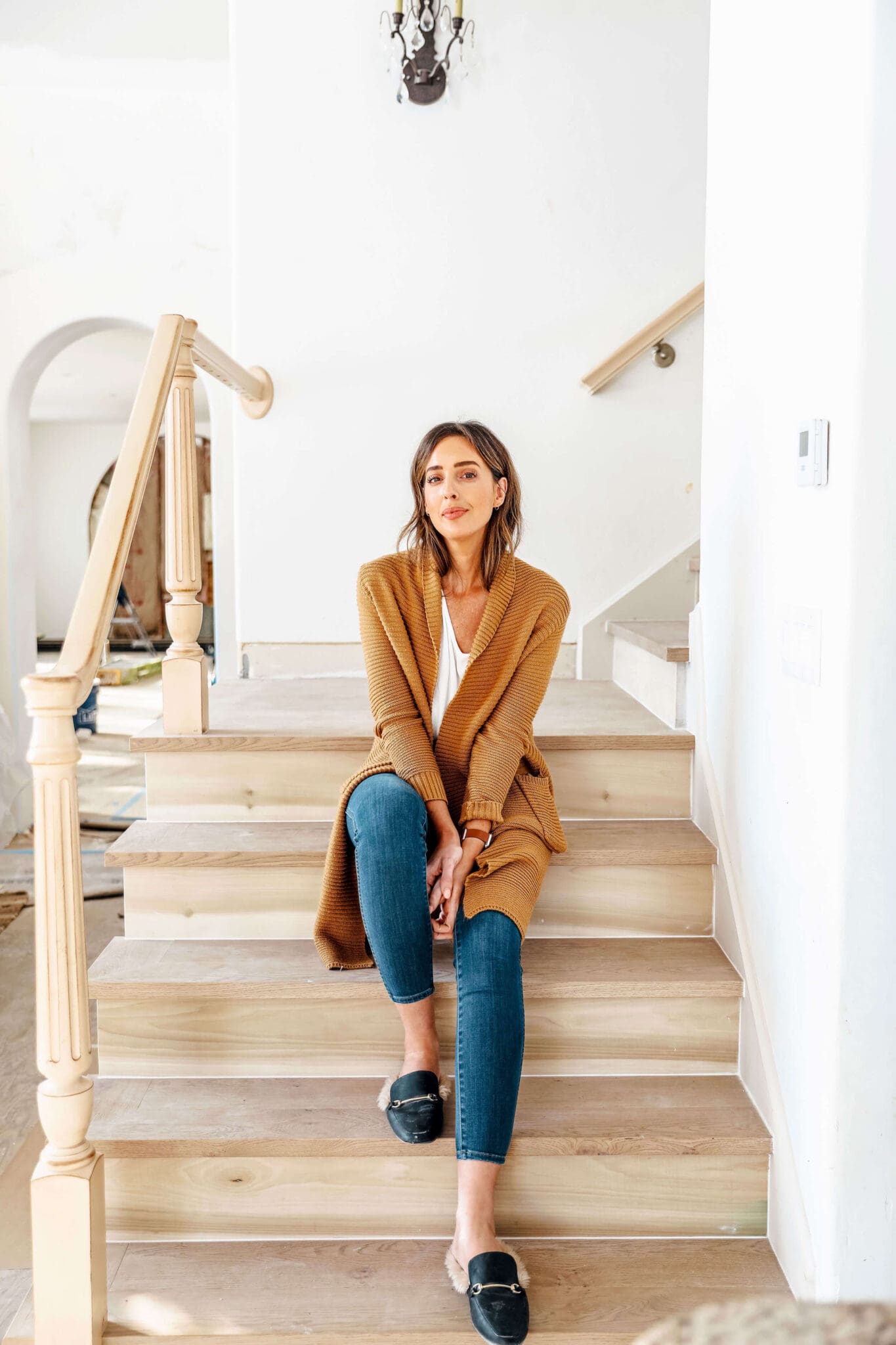

Have you had any problems with the grout coming out. I have the same floor and I am thinking about gluing it down not happy with the floating floor
Beautiful! Does the matte finish make them difficult to clean (and keep clean)?
Not worse than most flooring options.
What are your thoughts on installing this on an uneven floor? We have an old house that has a slight slope in the middle of the floor.
The house we laid this in was over 100 years old and the floor was pretty uneven. Big dips will be a problem, but a slight slope- probably fine. That said, that's a hard thing to determine without being there in person so it's something you'll need to gauge.
I like the color of this LVT flooring and am currently redoing my kitchen floor. What is the name of this particular color you have in the photo? It's perfect for my house. I've got grey owl walls with white trim and dark / espresso floors. I greatly appreciate it!
Did they respond? I too would like the name of this tile in picture. Thanks
They linked all the products with details in the reveal post: https://chrislovesjulia.com/2016/06/before-and-after-a-small-pittsburgh-kitchen-gets-a-complete-makeover-in-6-days.html/comment-page-1#comment-203948
I've installed LVT in our kitchen - though ours is the click together floating floor type (we wanted the grout kind, but our order was made in error, but that's a long story). As said above, it's not installed under the cabinets (foot kicks cover the cut seam) but it is under the stove and fridge with only a slight indentation where they have sat over over a year. Installation was simple, and cutting them was as easy as using a utility knife for scoring.
So far 1.5 yrs in, this has lasted through plates, glasses being dropped on it (no damage, and no glass shattering!), dogs running across it (no dog nails damage) and has been an awesome choice for the kitchen. Water pools on it for easy wiping, takes to mopping with no issue at the seams, feels warm and softer underfoot than tile (and linoleums of the past) which is great when you're standing for a long time cooking and in Canadian winters. And had no issues with offgassing when installed -- which actually is an area of work I'm in where I consider exposure to things like that.
All to say: highly recommend!
What type of LVT did you use? I'm planning to use it in our bathroom and want to find something that will actually hold up!
This kitchen looks incredible! Every inch of it! We are remodeling our entire house right now and I trying to make sure I hang the right pieces of art. I would never have chosen that painting for a kitchen wall, but it is perfect. I feel like I am a pretty open minded designer and you have inspired me. Well done!
I put vinyl tile with grout in my kitchen and dining room and bathroom and I love it so much. Would do it again, it's easy and pretty fast!
About 10 years ago, I laid peel and stick tile that had a beveled edge on all four sides in our kitchen and bathrooms over the existing laminate and grouted where the edges met. My husband thought I was nuts, but I had a vision and did not want it to look like peel and stick! We did not use glue, just the adhesive that was on the back already and it looked the exact same as the day we laid it after living with it for 5 years. People wouldn't know it wasn't ceramic tile unless they touched it or felt the warmth with their bare feet. I'd do again, but definitely not with glue.
I am also curious about the toe kicks on the cabinets. That is one thing that I am not crazy about with my new ikea kitchen because I always bump them when vacuuming, etc. Are those from semi-handmade or are they traditional baseboards color matched?
I love the look and cost of this but I've heard not-so-great things about the health risks of LVT and off gassing. Especially in home with small children. Thats the only thing that makes me hesitant to use a product like this. What's your opinion on the topic?
Do you use a normal table saw to cut this? Just curious :)
Yes! I've been convincing my hubby to use LVT in our future home. What are your thoughts on wood effect LVT and do you think it would work well on stairs?
Could LVT be laid directly over existing ceramic tile that's in good shape (no cracks or chips, etc.)?
yes!
I never get tired of seeing this kitchen! Such a wonderful result in such a short time - your aunt must be loving it.
Re: LVT, our company has been using this product more and more and we really like their ability to look like real tile at a fraction of the cost and work. Here in Canada, real tile floors can be uncomfortable in the winter without underfloor heat so LVT is a great budget option, especially for DIY'ers. You had me confused, though, with the following:
"And as you move forward through the room and are putting weight on the tiles you’ve laid, be sure to clean any glue out of the spaces between the tiles, and avoid any sort of twisting motion with your knees or feet. You have to be very careful not to move the tiles out of place, and always check every tile you put weight on, every time, to make sure it’s in place".
I've never heard of working/walking on newly-laid tiles and since it's very difficult to do, I may be just confused! So to be clear for your readers, freshly laid tiles of ANY type are normally laid from the 'inside out", meaning you are working your way from the cabinets back to the doorways, and should not have weight put on them. If adhesive or mortar has been built up to accommodate an uneven sub-floor, particularly with real tiles, they may need a day or more without any traffic at all (we ban our sub-trades from stepping on tile for 24 hours) as any weight may cause sinking and unevenness in the finished floor. Placing long boards like 2x10's across the tile to distribute weight can be used in an emergency. And when you need to establish the bond and cuts, place a line of tile down the middle, adjust, then start laying, working back in quadrants depending upon the pattern.
Hope this is a helpful addition to your wonderful blog!
I think it's because they laid the glue from the cabinets to the door, so then they the tile from the door back in.
I just was googling this morning about LVT and if you could use it in bathrooms and possibly lay over linoleum flooring as we are wanting to redo our bathrooms and I was thinking this is something we could tackle without needing to get any new tools! Thanks for this perfectly timed post!
So happy you posted this! I already ordered my sample (after seeing the original reveal) to redo a bathroom but I was waiting for this post to see what adhesive/grout you guys used. Thanks!
I'm wondering about the texture and feel of the LVL is it plastic-y feeling like regular linoleum?
The surface feels hard like linoleum or a laminate.
Would this be good for the flooring of a bathroom? Or too much water/humidity would damage it over time?
I'll eventually have to redo the basement bathroom that as ugly blue/yellow/green/orange patchwork tiling ! This cool be a good, and not too expensive, option !
This is perfect for high water areas.